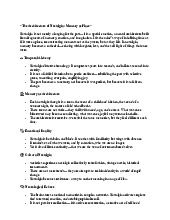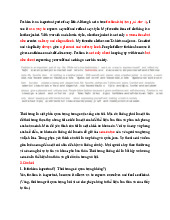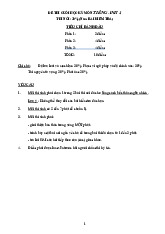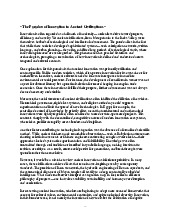
Preview text:
lOMoAR cPSD| 47207194
"The Labyrinth as Metaphor: Wandering Toward the Center"
A labyrinth is not a maze. It is not designed to confuse or trap, but to guide—through winding
paths, through turns that feel like detours but are, in truth, the journey itself. The labyrinth is a
metaphor for life, for selfhood, for transformation. It is a sacred geometry of wandering, where
the destination is not a place, but a state of being.
🌀 Structure and Symbolism •
Unlike a maze, a labyrinth has one path—complex, but singular. There are no dead ends, only curves. •
It represents the inward journey: from the outer world of distraction to the inner world of reflection. •
The center is not a goal—it is a return, a remembering, a revelation.
🧠 Psychological Terrain •
Walking a labyrinth mirrors the process of introspection. Each step is a thought, each turn a shift in perspective. •
It slows the mind, disrupts habitual patterns, and invites contemplation. •
The path itself becomes a mirror—reflecting fears, hopes, and hidden truths.
🌌 Spiritual Resonance •
Labyrinths have been used in rituals across cultures: from ancient Crete to medieval cathedrals. •
Pilgrims walked them as symbolic journeys to the divine, to healing, to self-discovery.
The spiral inward is a descent into depth; the spiral outward is a reemergence, reborn.
🎭 Existential Metaphor •
Life often feels labyrinthine—full of twists, uncertainty, and repetition. •
But the labyrinth teaches patience. It says: keep walking. The path will unfold. It
honors complexity without chaos, movement without haste.
🧩 The Labyrinth and Identity •
The self is a labyrinth: layered, nonlinear, mysterious. •
We navigate our own psyche as we would a sacred path—sometimes lost, sometimes found. •
The center is not fixed—it shifts as we change, as we grow.
To enter a labyrinth is to surrender to the journey. It is to trust that the winding way leads
somewhere meaningful, even if we do not yet know where. It is to walk not to escape, but to
encounter. And in that encounter, we find not just the center—but ourselves.




